Photo report from the underground submarine repair complex
In this review, I will talk about one of the grandest buildings of the Cold War, built in the middle of the 20-th century - an underground submarine repair complex, located in Balaclava. It consists of the base where the submarines were serviced (825 GTS Object), as well as the “C” Arsenal of the Central Plant Office. More than 40 years, in the event of hostilities, the complex was ready for a completely autonomous existence for a month and could accommodate the entire population of Balaclava. However, the establishment of Ukraine as a separate state, and then the adoption of a “nuclear-free status” in the country, put an end to the fate of the complex. It just became unnecessary. In the period from 1993 to 2003, the former base was actually looted by marauders, all structures containing non-ferrous metals were dismantled. In 2000, the object was transferred to the Naval Forces of the Armed Forces of Ukraine. It was too expensive for Ukraine’s Armed Forces to restore and maintain such facilities, and there was no need for that. In 2004, a part of the complex was reequipped into a museum. It should be noted that the restoration work was not carried out.
A small area around the artificial canal, which passes through the mountain, several workshops of the plant and an arsenal, where torpedoes and nuclear warheads were stored, was opened to the inspection. Outside of the exposition remains a large part of the channel, a mine-torpedo part, a generator with a fuel storage, as well as a system of unfinished tunnels.
Немного stories.
After the Second World War, the USSR and the USA began to build up their nuclear potential. Then Stalin gave Beria, who was in charge of the "nuclear project", a secret directive: to find a place where atomic submarines could be based to launch a retaliatory nuclear strike. After a long search, the choice fell on the quiet Balaclava. Nature itself made the city bay an ideal shelter for the military fleet. A narrow winding strait with a width of only 200-400 m covers the harbor not only from storms, but also from prying eyes - from the open sea it is not visible at any angle. The large depth (up to 17 m) allows submarines to enter the bay in an underwater position right up to the shelter.
Back in ancient times, Balaclava was used as an ideal harbor by the Taurians, the Romans, and in the Middle Ages - by the Genoese, Ottomans and Zaporozhye Cossacks. In our time, Balaclava is one of the most popular resort bays of the Crimea. The yachts of the presidents of Russia and Ukraine often visit here, and on the quay you can always find the ships of foreign guests.
Mount Tavros, in the depths of which a secret facility is located, consists of strong marble-like limestone, while the rock thickness above the underground premises reaches 126 m, thanks to which the construction is assigned the first category of anti-nuclear stability (protection against direct hit by the 100 Kt atomic bomb).
Underground complex with a total area of about 15 000 square. meters designed by Leningrad Design Institute "Granit". In 1947, the project was endorsed by Stalin. In 1953, construction of the main part of the complex, the 825 GTS “Hydrotechnical Structure” facility, began. To carry out the work, a special mining and construction unit of the Black Sea Fleet was formed. From February 1956, by personal order of Khrushchev, he was joined by metro builders from Moscow, Kharkov and Abakan, who have experience in mining and sinking in the Caucasus.
Construction was carried out around the clock, five faces, drilling and blasting method. From the ground surface drilled holes - narrow technical developments. They were laid explosive charge, destroying the rock at the desired depth. The soil was removed, and a concrete formwork was built inside the resulting adit. A significant disadvantage of the drilling and blasting method is the poorly predictable form of the tunnel and, as a consequence, the need to erect a formwork of variable thickness. The thickness of the lining of the walls and arches of the building is on average 1,5 meters, and in some areas it reaches 3 meters. After the removal of the soil, the workers built a metal frame. Then it was supplemented with wooden elements and, finally, they were slaughtered with concrete of the brand "M 400". Up to the year 1956, concrete was supplied manually, with shovels. Then they began to pump it into the form with compressed air.
The construction of the object №825 GTS (aka special workshop of the shipyard with a dry dock) was completed in 1961 year. Nine small-class submarines or seven middle-class submarines, as well as the personnel and population of Balaklava, could have escaped a nuclear attack there.
In the event of an atomic conflict, the plant could take all the working personnel, management and crews, providing them with food, shelter, drinking water for more than 30 days. For employees of the underground plant were provided dining, showers, rest rooms.
We walk around a bit and walk wherever we are not allowed to the opposite portal.
Behind the wall to the left are several huge storage rooms. Attempt to be from the opposite side was not crowned with success.
In 1962, the mine-torpedo part was put into operation. In these rooms took place the assembly and verification of torpedoes.
The surviving scheme of the "cable torpedo network".
In 1963, construction work was completed on object No. 820 Arsenal, an underground technical repair base for the storage, assembly and installation of nuclear warheads on submarines.
The depth of the complex, at the end of its construction, relative to the highest point of the mountain, was 126 meters. The degree of strength allowed to withstand a direct hit of a nuclear charge with a power up to 100 kilotons, that is, 5 – 7 is more powerful than a bomb dropped on Hiroshima.
Skipper (pantry for the storage of cables, tarpaulins, chains and other deck property).
Object schema Does not pretend to thorough accuracy. The yellow part shows the excursion part.
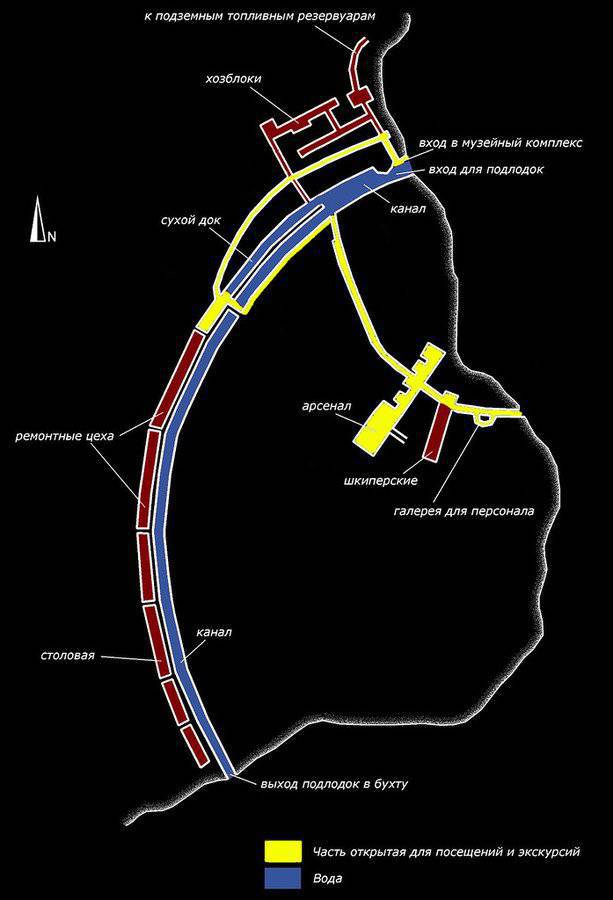
But that is not all! At a small distance from the northern portal, there is the “Heart of the Object” - an underground autonomous power station, as well as unfinished adits of unknown purpose.
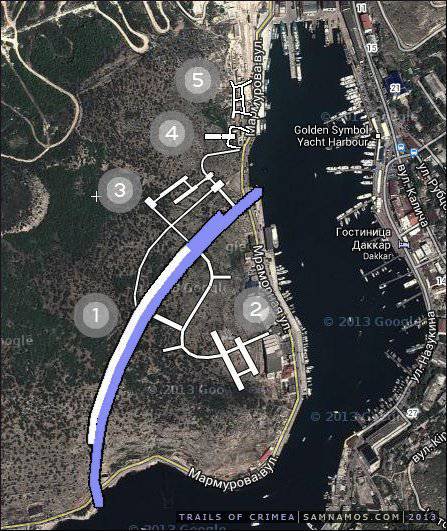
1. Object 825 GTS.
2. Object 820 RTB.
3. Mine-torpedo part.
4. Underground power station.
5. Unfinished adits.
It was here that both facilities were powered. However, the power plant can be called autonomous. The connection between the power station and the base is carried out through a small technological collector.
Large diesel generators used to be located in these halls.
On the wall are remnants of the smoke exhaust system.
The most exciting place of this object is a huge fuel tank.
Immediately, there are no questions about how such a complex could exist for months on autonomous support. There is a trace on the walls from the level of the last filling of the tank.
One of the portals in the power station. To the left in the thickets there is an adit leading directly into the mine and torpedo section.
For some reason, sensors have been installed here.
Further north is a small system of directions. Perhaps it was supposed to expand the power plant. Judging by the dimensions in this adit, the walker should have been located.
Mostly found brickwork. There are separate rooms.
And there is just unbearable stench and a lot of garbage.
That's all. Thanks for attention! In the next review I will talk about a number of interesting places located in the vicinity of Balaklava.
And now a question for connoisseurs. What is the purpose of the galleries on the opposite shore under the Castle Hill and how were they used before? From one of the portals in front of our eyes came a military officer. We were prevented from coming directly to the exits by private security of the houses built on the coast.
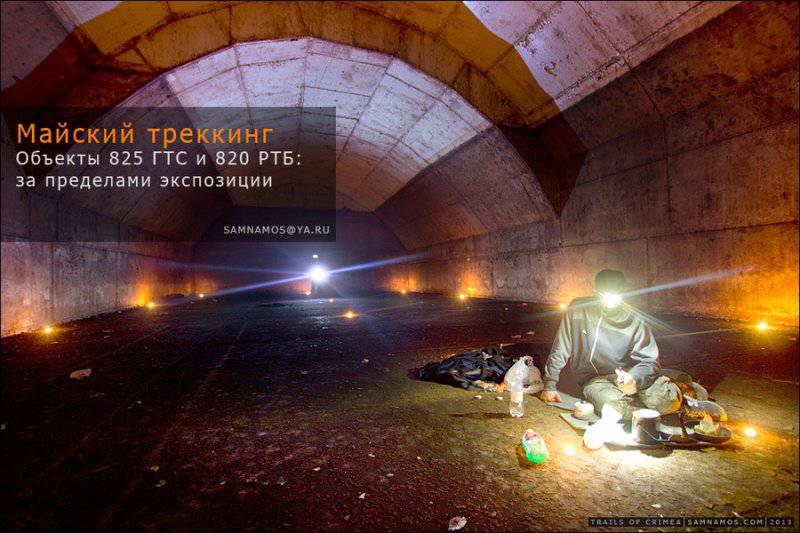
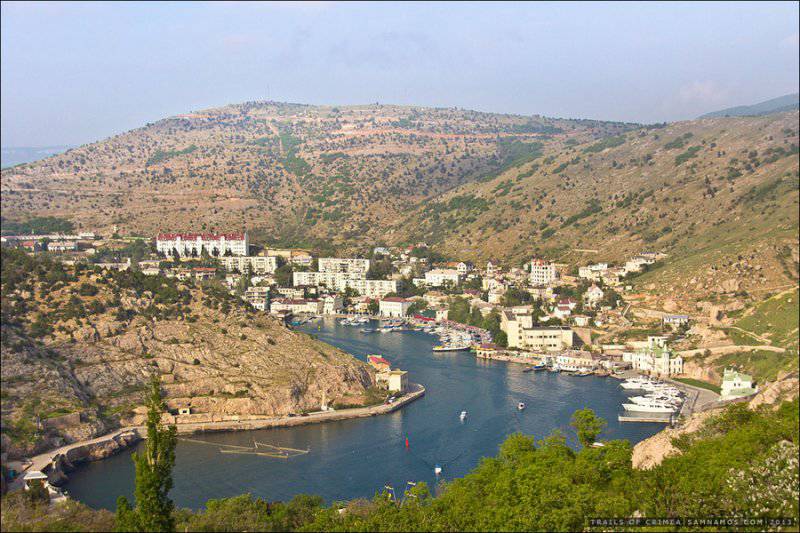
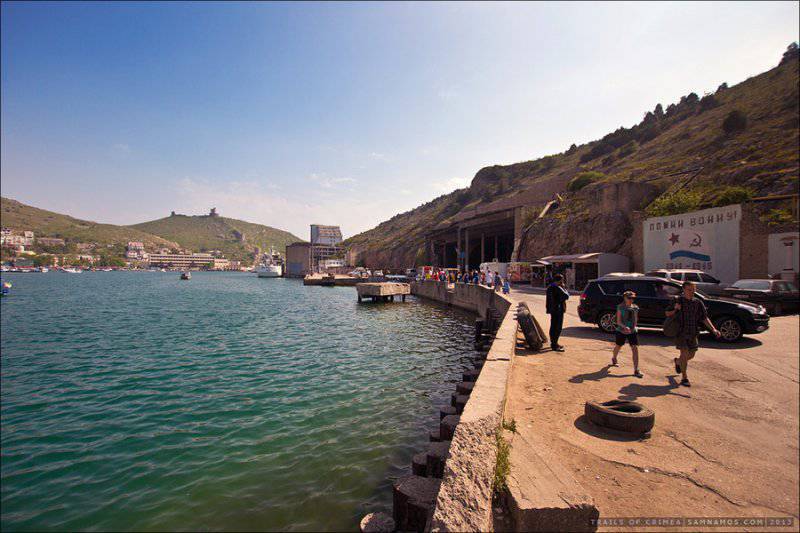
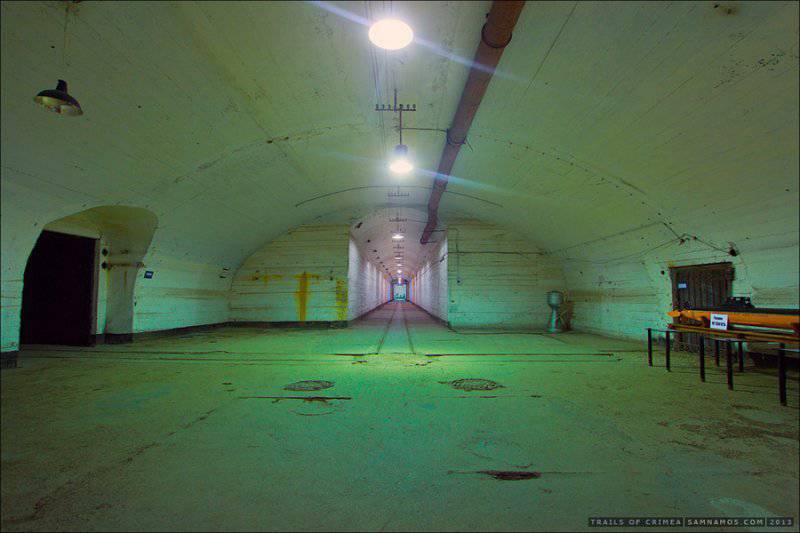
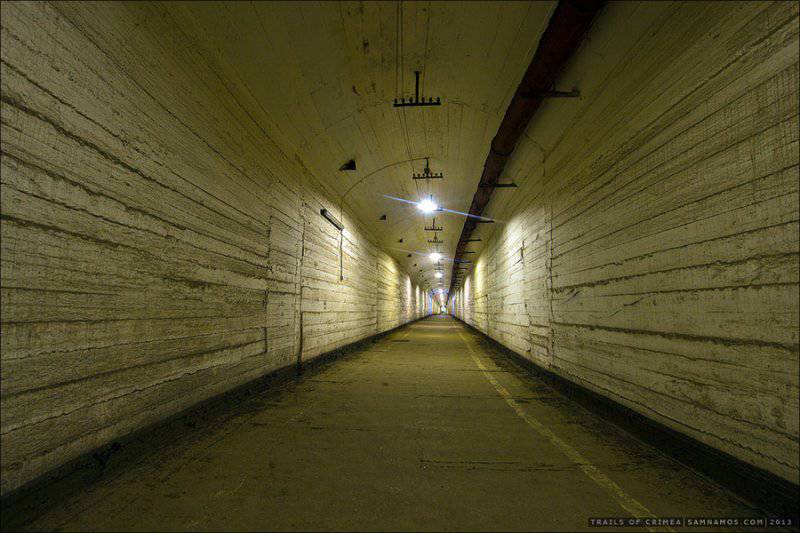
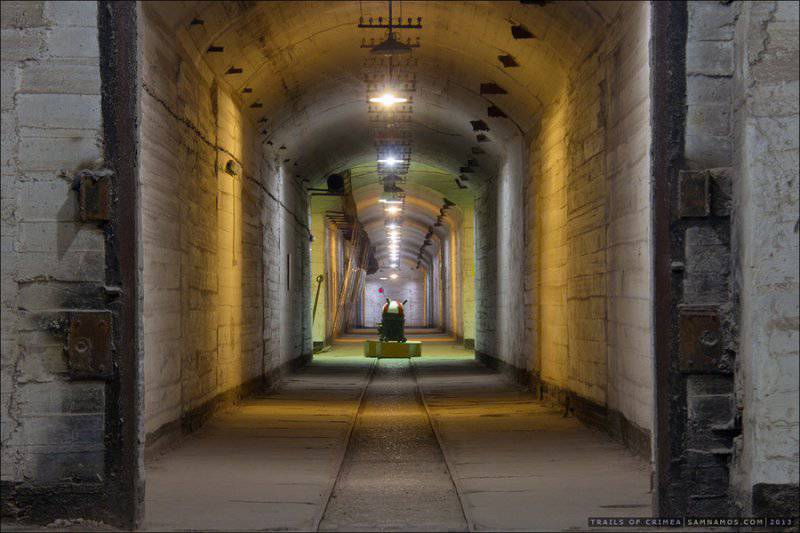
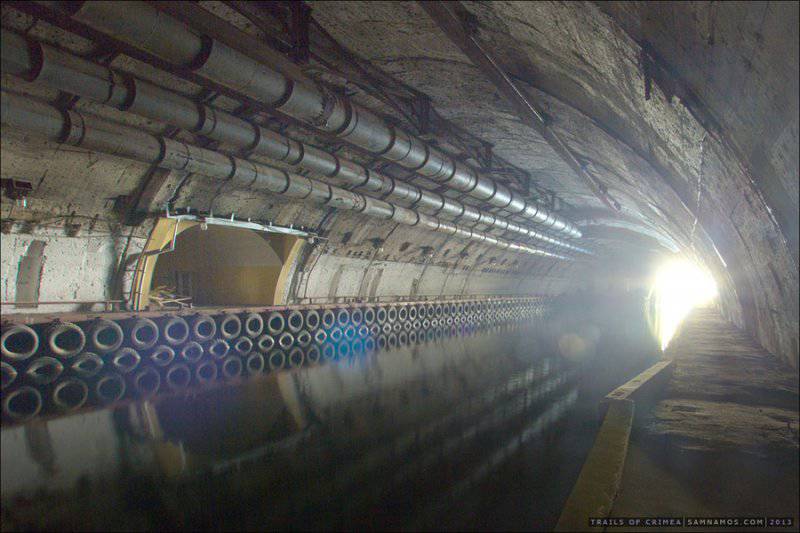
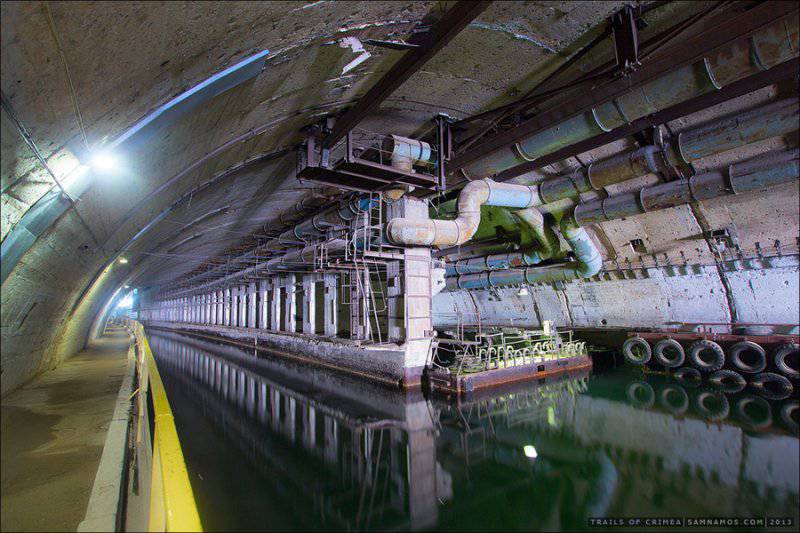
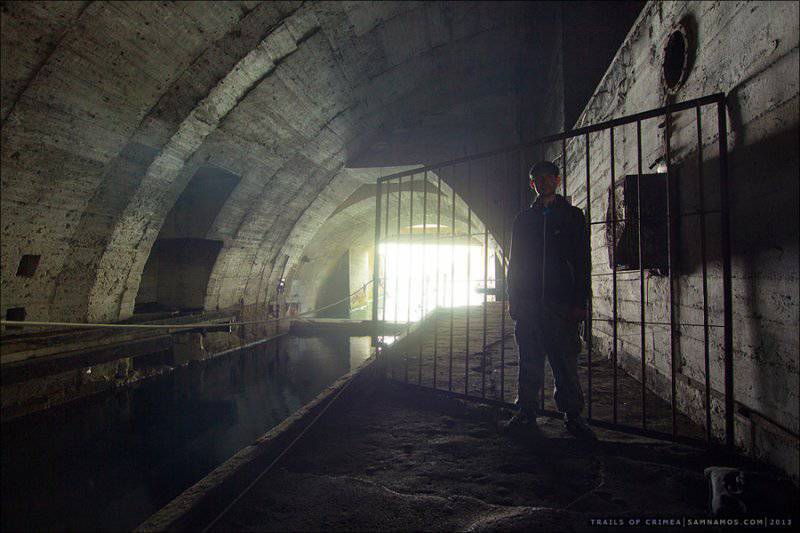
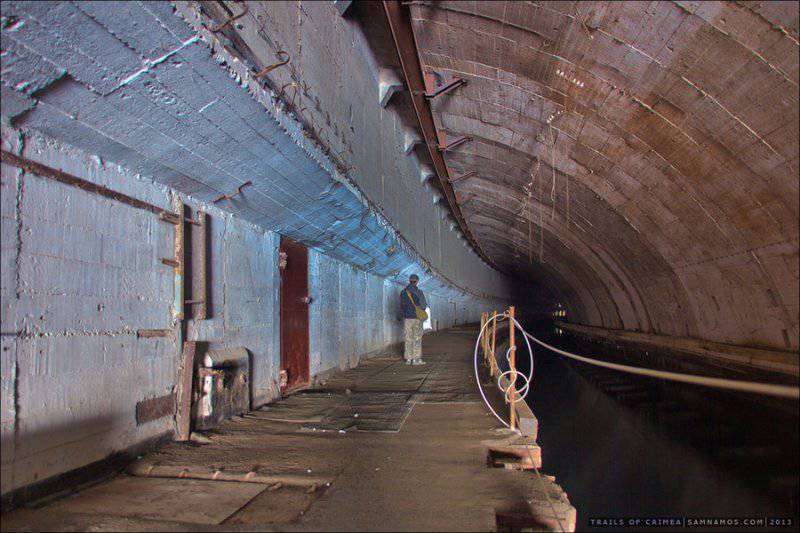

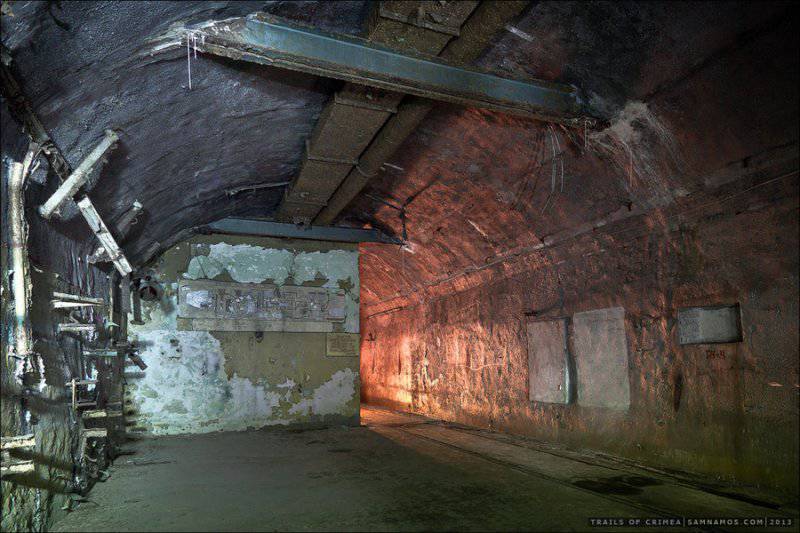
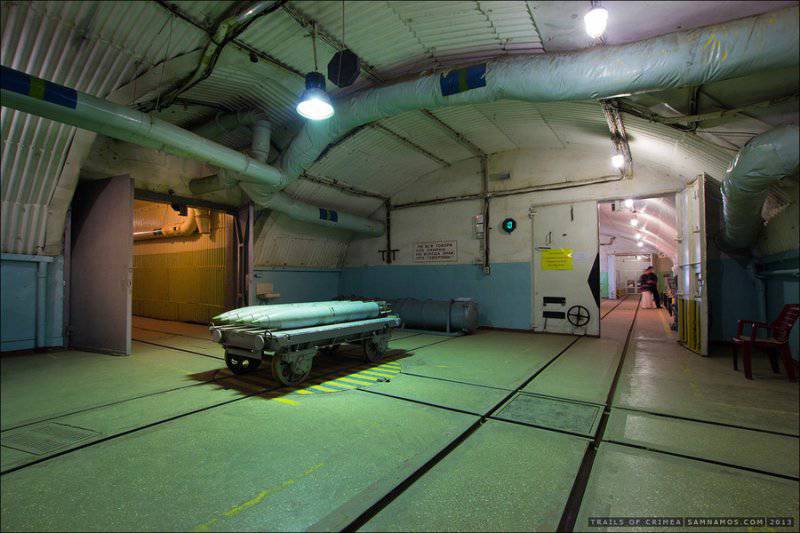
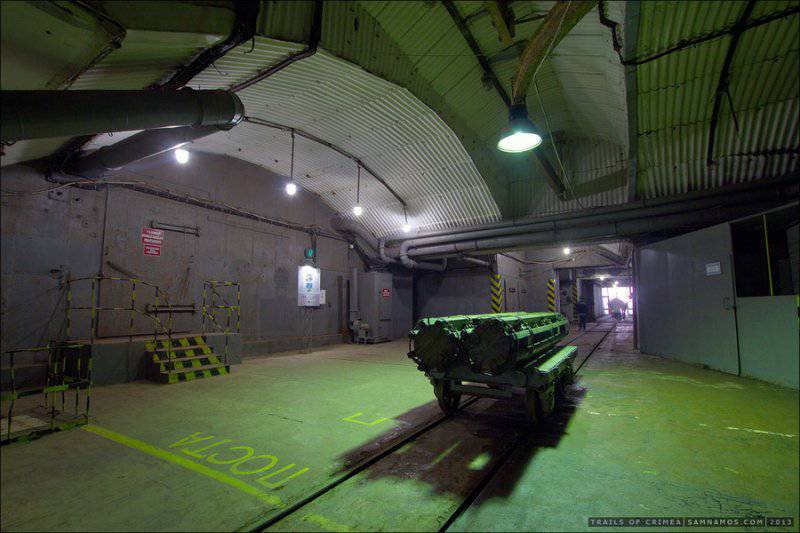
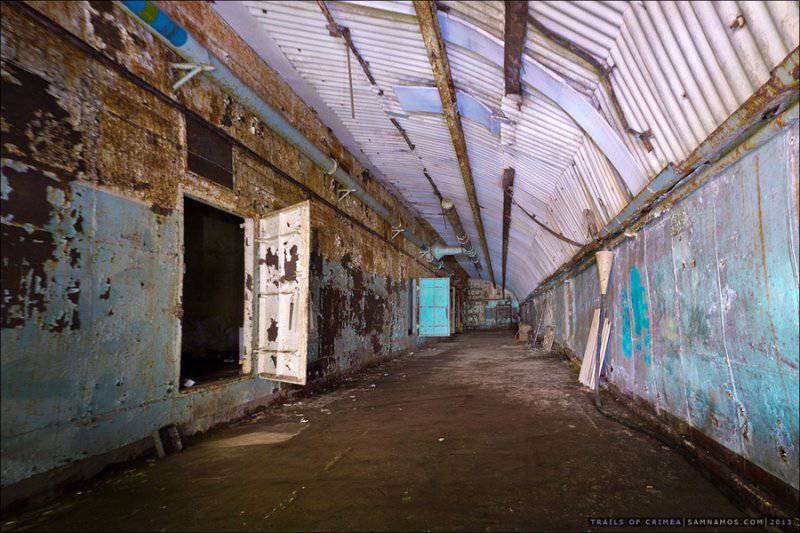
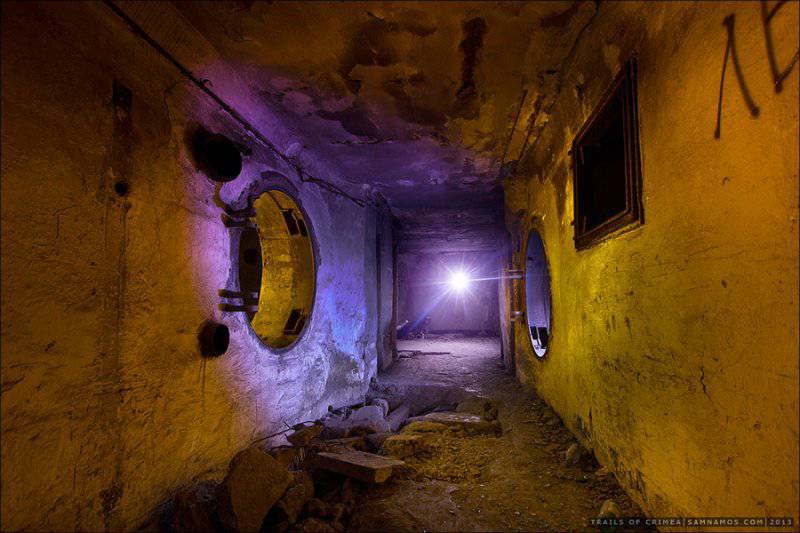
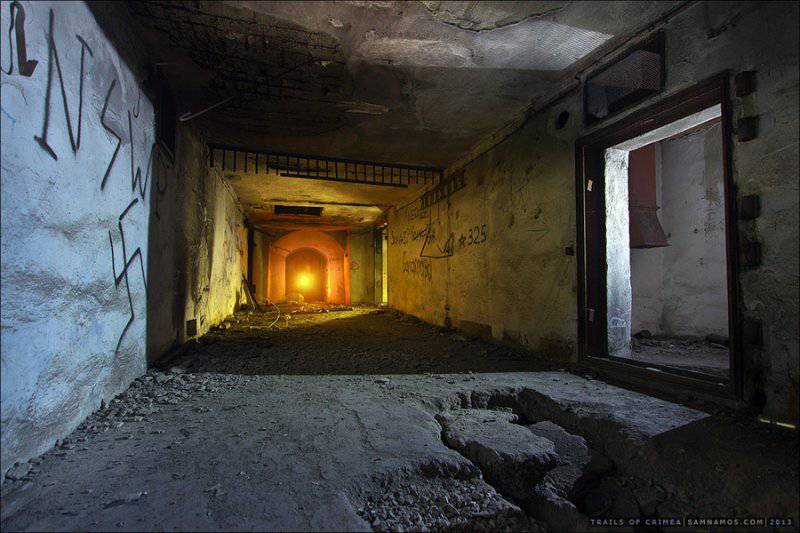
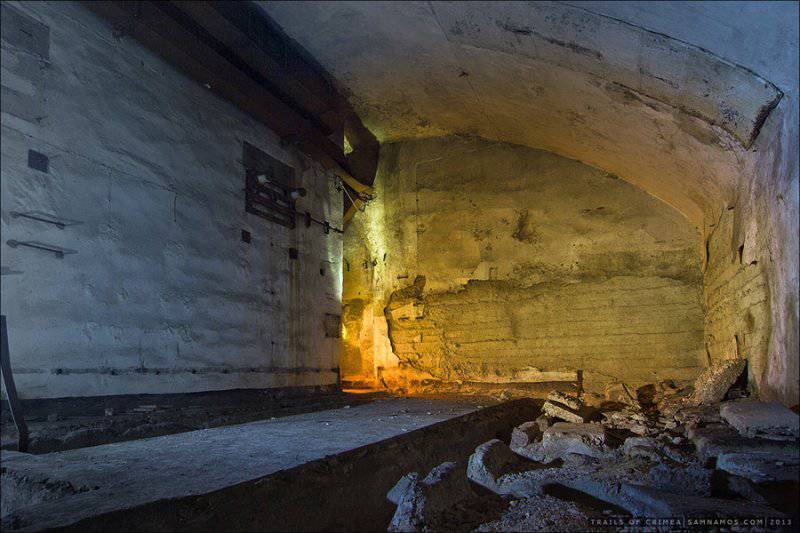
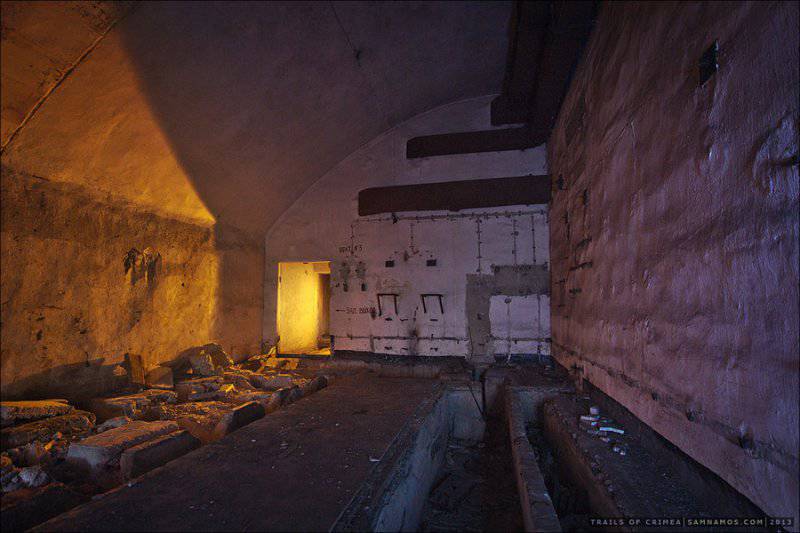
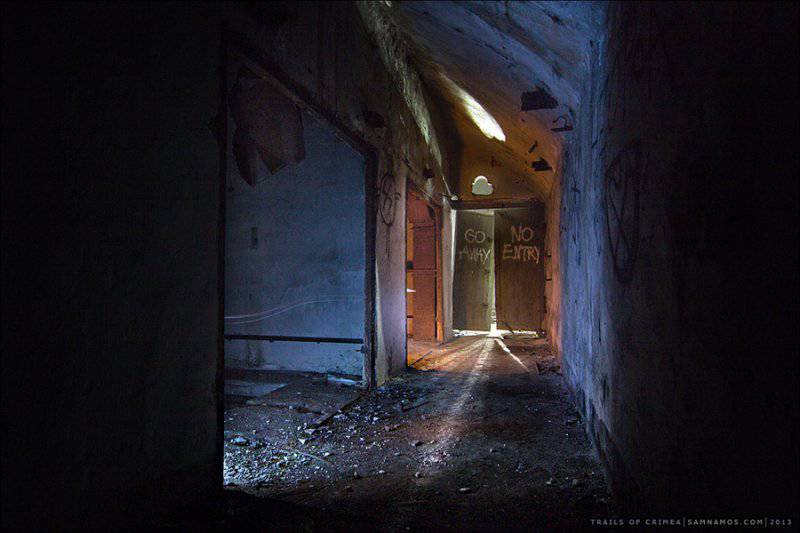
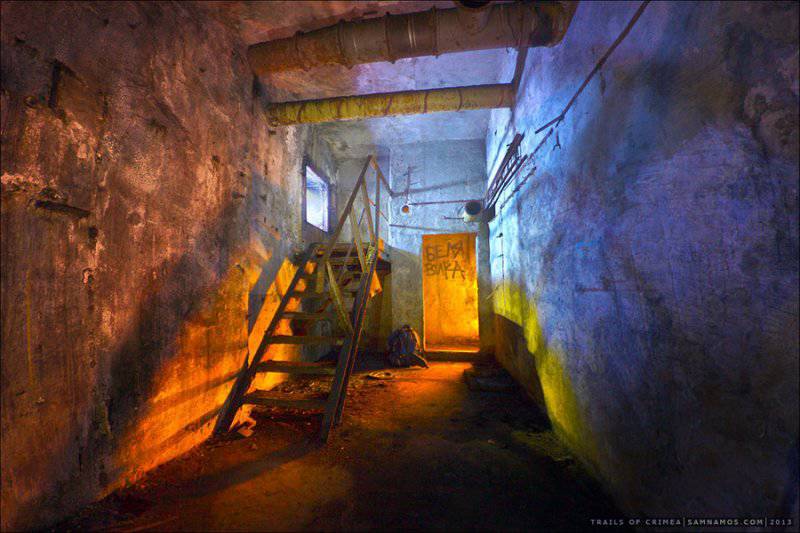
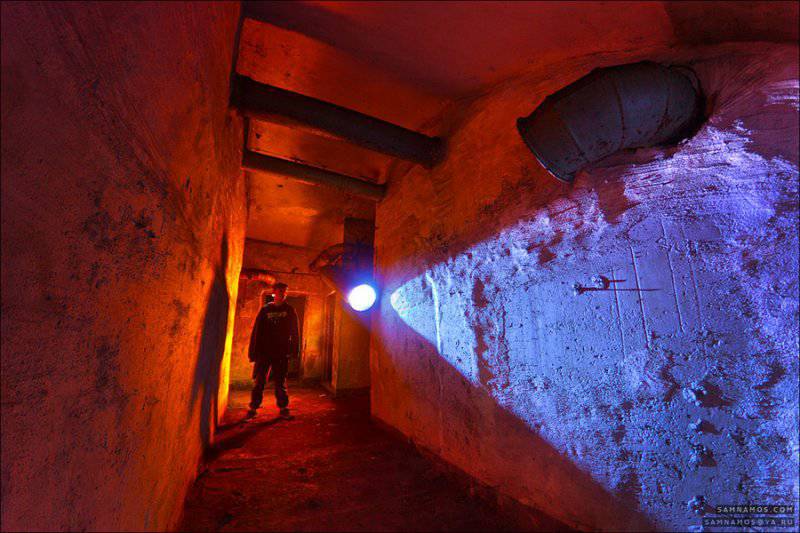
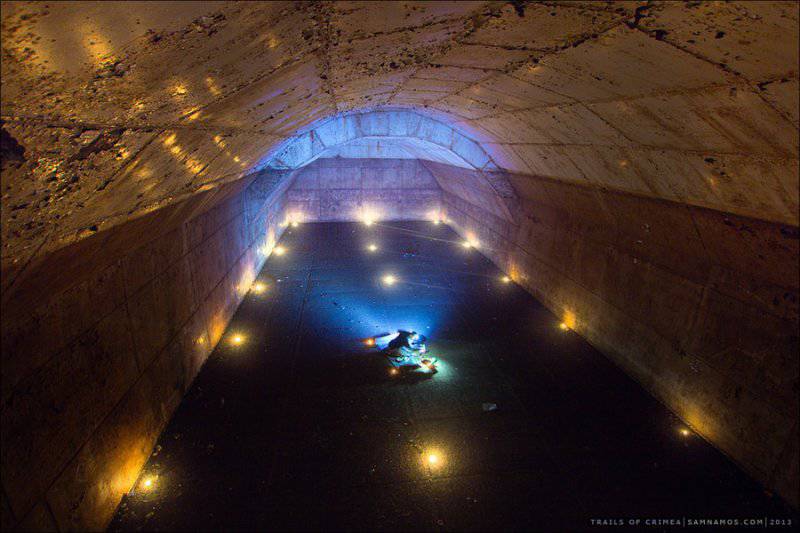
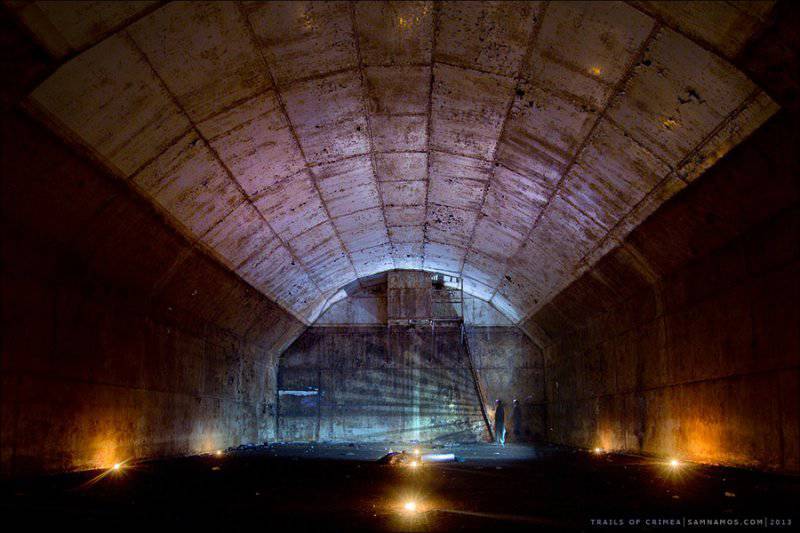
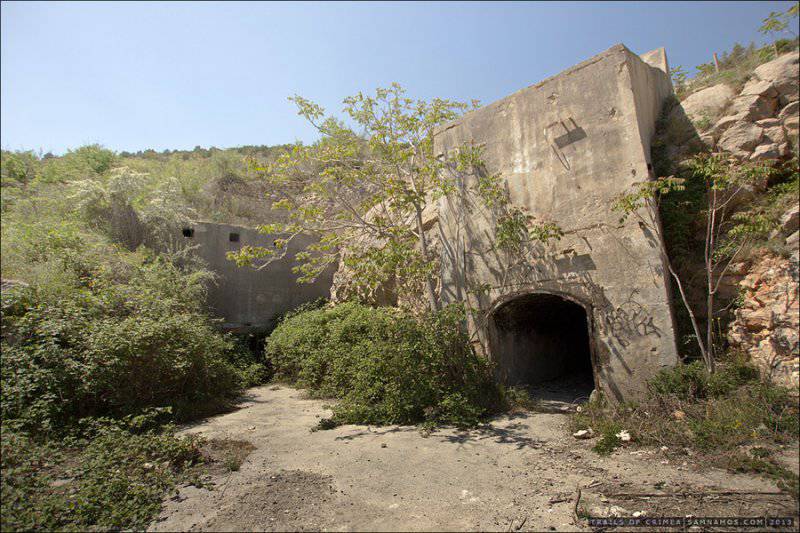
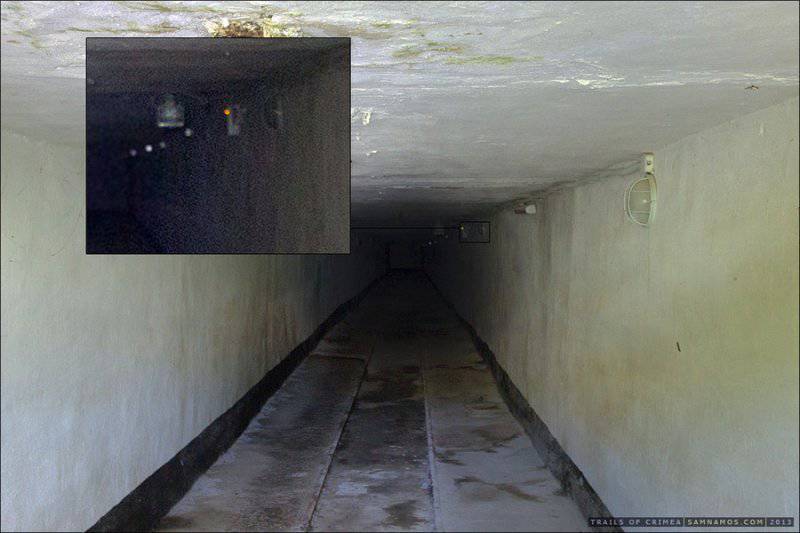
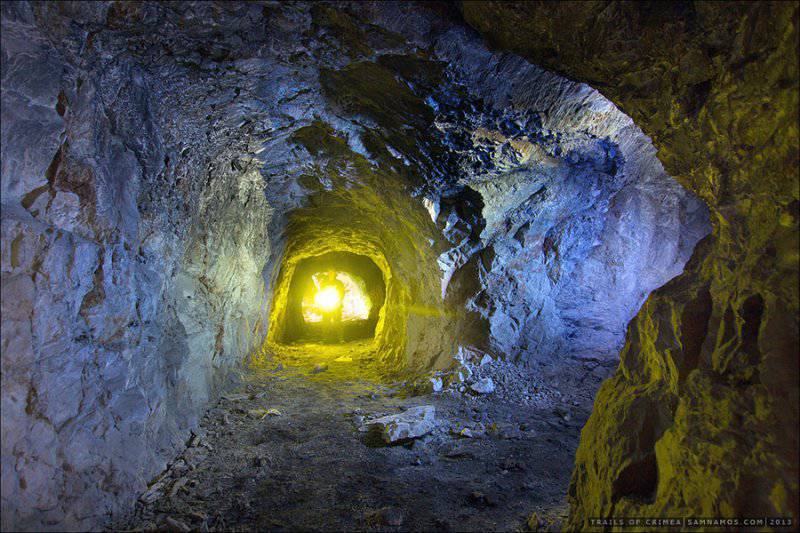
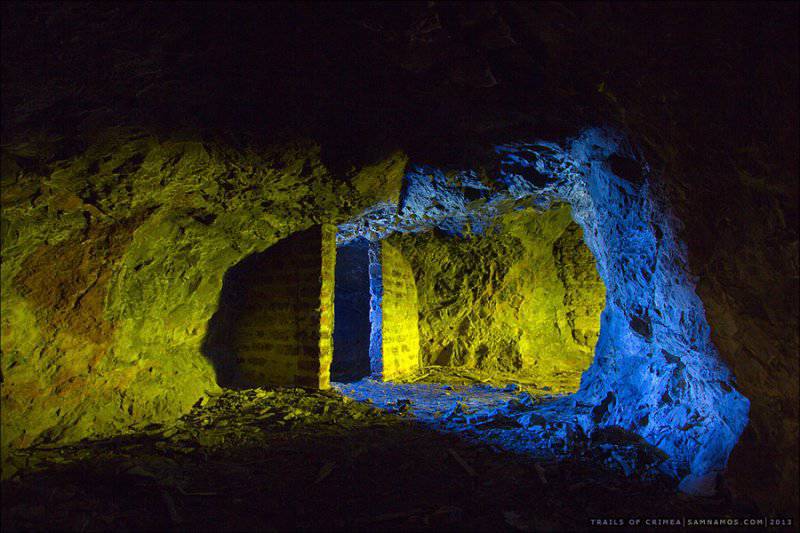
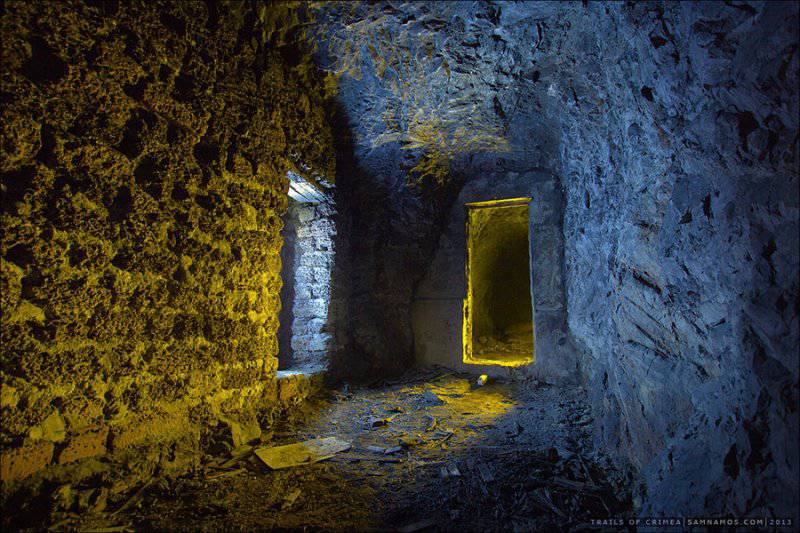
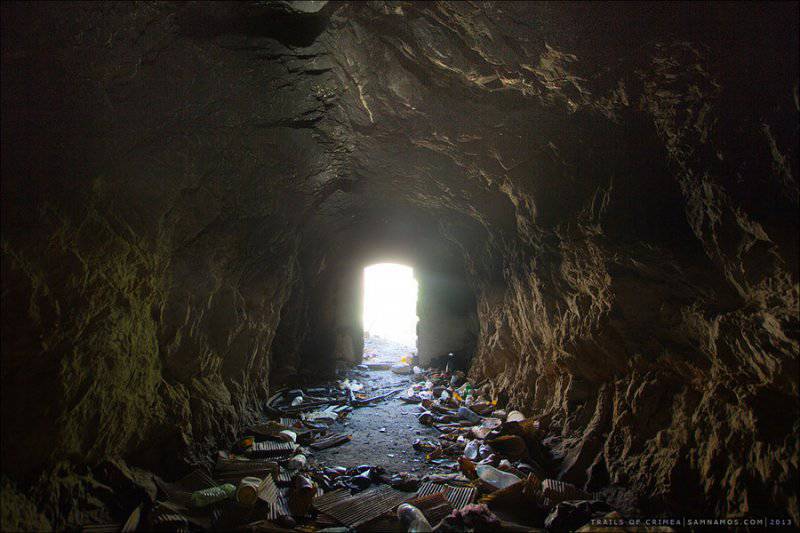
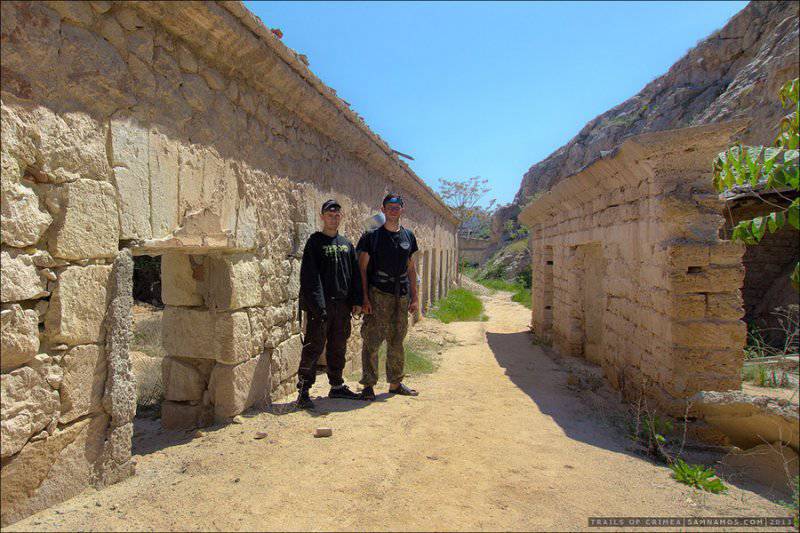
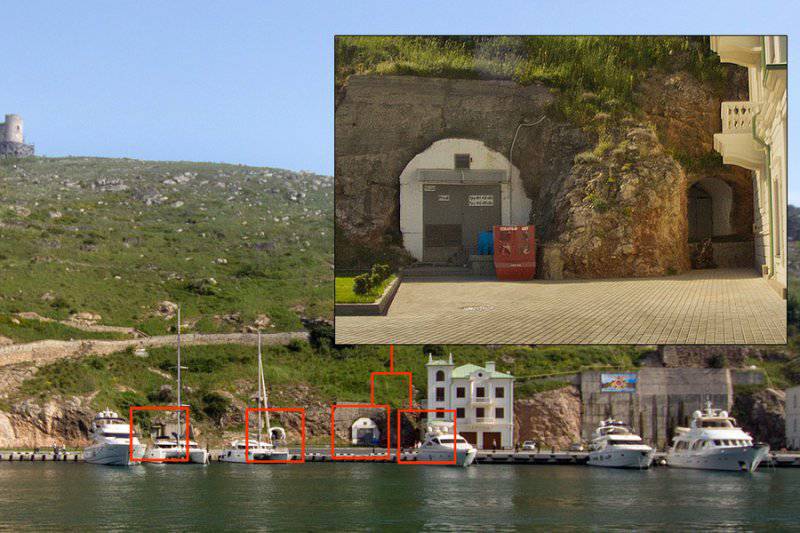
Information